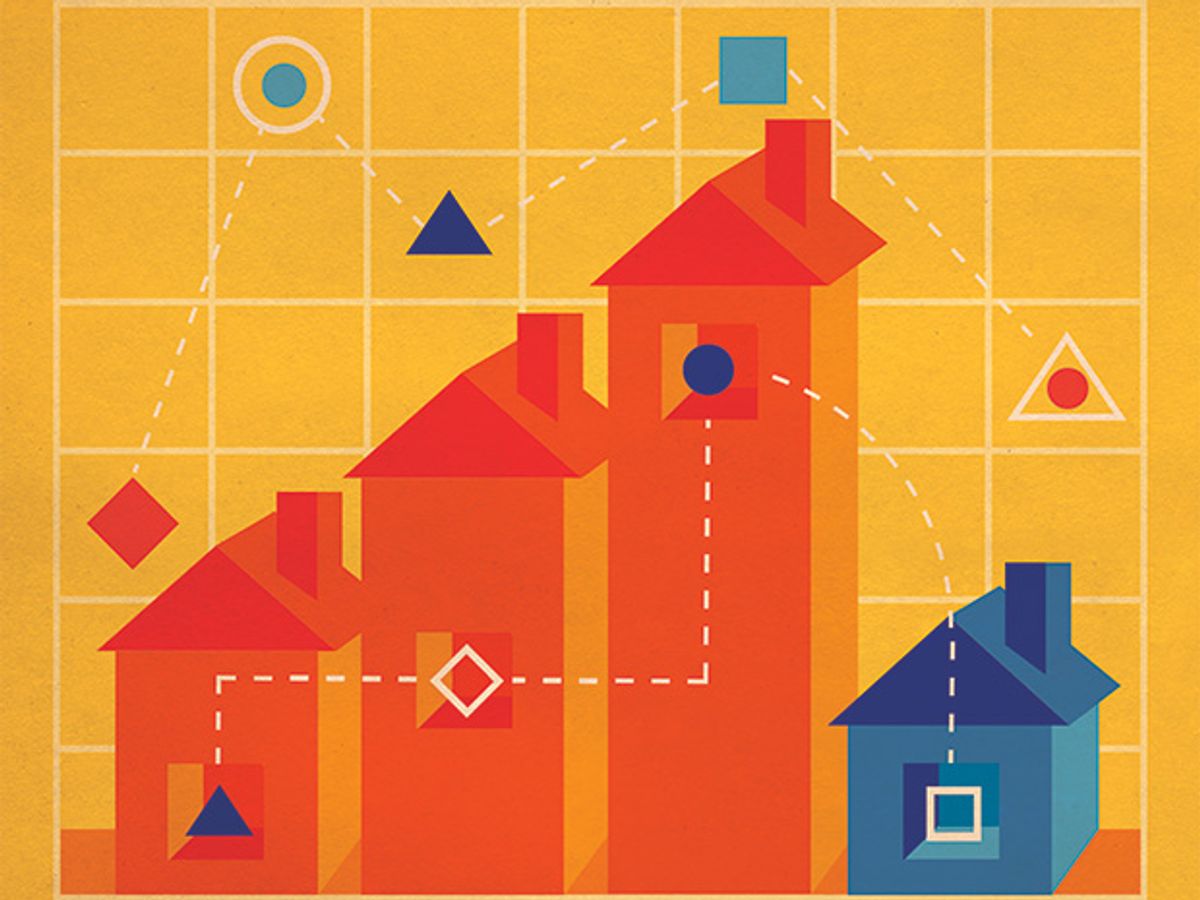If our climate models are correct, and if indeed we must limit the increase in global warming to two degrees Celsius, then we will have to take many unprecedented steps to reduce carbon emissions. Attention commonly focuses on new techniques that result in higher efficiencies—like light-emitting diodes—or that introduce entirely new modes of energy conversion, such as electric cars. Conservation, however, is in principle a more practical solution, but unfortunately there are few ways to extend it to what has long been the single biggest energy hog in the colder parts of the world: house heating.
More than a billion people need to heat their houses: about 350 million European Union citizens living outside the warm Mediterranean climate, about 400 million people in North America living outside the U.S. South and Southwest, and 400 million Chinese in the northeastern, northern, and western regions. And almost everywhere you look, the best available techniques are already as efficient as is practically possible.
It is striking just how rapid the diffusion of efficient systems has been. During the 1950s, my family heated our house near the Czech-German border with wood burned in heavy cast-iron stoves, with efficiencies no higher than 35 percent. During my studies in Prague in the early 1960s, the city was energized by brown coal, a low-quality lignite, and the stove I stoked had an efficiency of 45 to 50 percent. In the late 1960s, we lived in Pennsylvania on the upper floor of a small suburban house whose old furnace burned oil with about 55 to 60 percent efficiency. In 1973, my first Canadian house had a natural-gas furnace rated at 65 percent, and 17 years later, in a newer, superefficient home, I installed a furnace with 94 percent efficiency. I eventually had it replaced with a model rated at 97 percent.
And my progress through a succession of fuels and efficiencies has been replicated by tens of millions of people in the Northern Hemisphere. Thanks to North America’s cheap natural gas and to the combination of (more expensive but readily available) Dutch, North Sea, and Russian gas in Europe, this—the cleanest of all fossil fuels—is what most of the people in northern climates have come to rely on, in place of wood, coal, and fuel oil. In Canada, the production of mid-efficiency (78 to 84 percent) furnaces ended in 2009, and all new houses are now mandated to have high-efficiency (at least 90 percent) furnaces. The same will soon be true elsewhere in the West, while rising gas imports are already causing China to shift its heating from coal to gas.
Future efficiency gains will have to come from somewhere else. Better insulation of the outer-facing part of the house (especially better windows) is the obvious (albeit often expensive) first step. Conversion to geothermal heating is now available, but it’s limited by cost and space—and the need to drill the requisite wells. Solar heating is possible, too, but it doesn’t work very well where and when it’s needed most—in very cold climates, during prolonged spells of cold but overcast weather, during blizzards, and with the solar modules under heavy snow cover.
Will the long-term need to limit global warming eventually lead to something unthinkable? I am referring to the most economically sensible choice, and the one that would make the greatest, longest-lasting contribution to reducing the carbon burden of heating: limiting the size of houses. We could do away with McMansions—mass-built houses with masses of floor space—in North America. Doing away with similar houses in the tropics would save on the opposite expense—on energy now wasted on air-conditioning.
This article appears in the June 2016 print issue as “Heating Houses: Running Out of Combustion Efficiency.”
